Frequency range: 26.5- 28MHz SWR: ≤1.2:1 Max. power: 35W continuous 250W Short time Bandwidth at S.W.R. 2:1: 1900KHz Impedance: 50ohm Whip length: 1200mm Adjustment: 0~90° Cable Length: RG58/157" Po...
See DetailsHow to Shield a DVB-T Antenna from Weather-Related Interference: Expert Strategies for Reliable Signal Reception
Maintaining consistent signal quality for a DVB-T antenna can be challenging, especially under harsh weather conditions. Rain, wind, snow, and even temperature fluctuations can disrupt reception, leading to pixelation or complete signal loss.
1. Optimal Antenna Placement
The first line of defense against weather interference is strategic placement. Mount the DVB-T antenna in a location shielded from direct exposure to rain or wind, such as under eaves or within an attic. Elevate it to minimize obstructions like trees or buildings, but avoid excessively high positions where wind loads could destabilize it. A stable, sheltered mounting point reduces physical strain and mitigates signal attenuation caused by moisture absorption.
2. Weatherproof Enclosures and Coatings
Invest in a weatherproof enclosure specifically designed for DVB-T antennas. These housings, typically made of UV-resistant polycarbonate or ABS plastic, protect internal components from rain, snow, and corrosion. For added protection, apply a dielectric grease to coaxial connectors to prevent moisture ingress. Ensure ventilation openings face downward to avoid water pooling.
3. High-Quality Coaxial Cables and Shielding
Low-quality coaxial cables exacerbate signal loss during storms. Use cables with robust shielding (minimum 75% braid coverage) and a waterproof outer jacket. For long cable runs, consider quad-shielded RG6 or RG11 coaxial cables to minimize attenuation. Install drip loops near connections to divert rainwater away from critical junctions.
4. Lightning and Surge Protection
Thunderstorms pose dual risks: physical damage and electrical surges. Install a lightning arrestor between the DVB-T antenna and receiver to divert high-voltage surges. Pair this with a grounded surge protector for comprehensive protection. Ensure all grounding systems comply with local electrical codes to avoid creating safety hazards.
5. Regular Maintenance and Inspection
Proactive maintenance prevents minor issues from escalating. Inspect the DVB-T antenna seasonally for loose mounts, corroded connectors, or cable wear. Clear debris like leaves or ice that could accumulate on the antenna surface. After extreme weather events, verify signal strength using a DVB-T meter app or receiver diagnostics to detect subtle degradation.
6. Antenna Orientation and Amplification
Adjust the antenna’s direction post-installation to account for seasonal weather patterns. Heavy rain or snow can scatter signals, requiring slight realignment for optimal reception. In low-signal areas, a mast-mounted amplifier (pre-amplifier) compensates for cable loss, but avoid over-amplification, which can amplify noise during storms.
Protecting a DVB-T antenna from weather interference demands a blend of strategic planning, quality materials, and routine upkeep. By implementing these measures, users can significantly enhance signal reliability and extend the lifespan of their equipment. While no system is entirely immune to extreme conditions, these steps provide a robust framework for minimizing disruptions and ensuring uninterrupted digital terrestrial broadcasting.

 English
English Español
Español
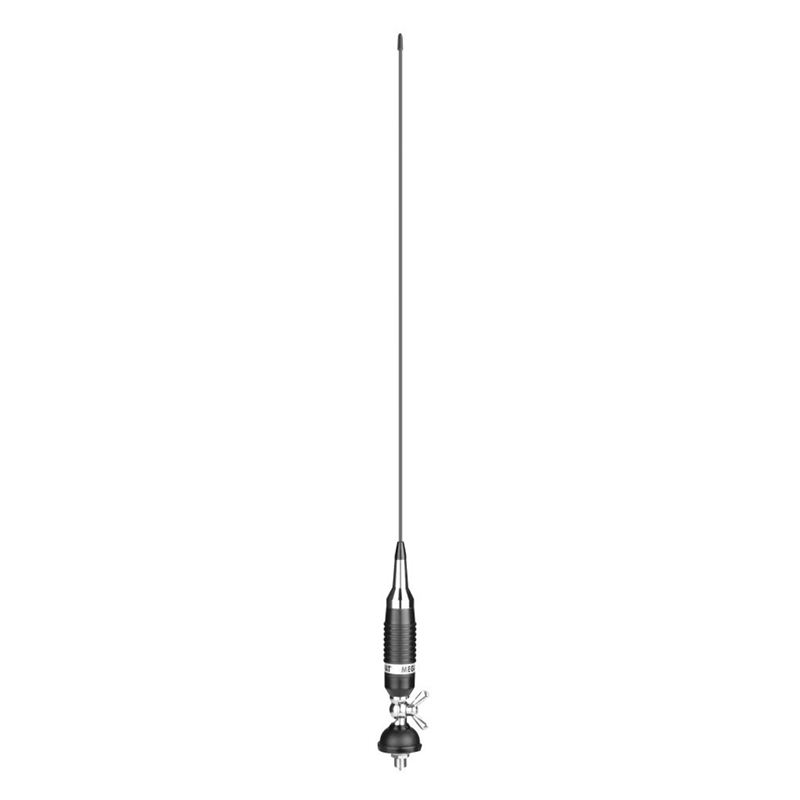
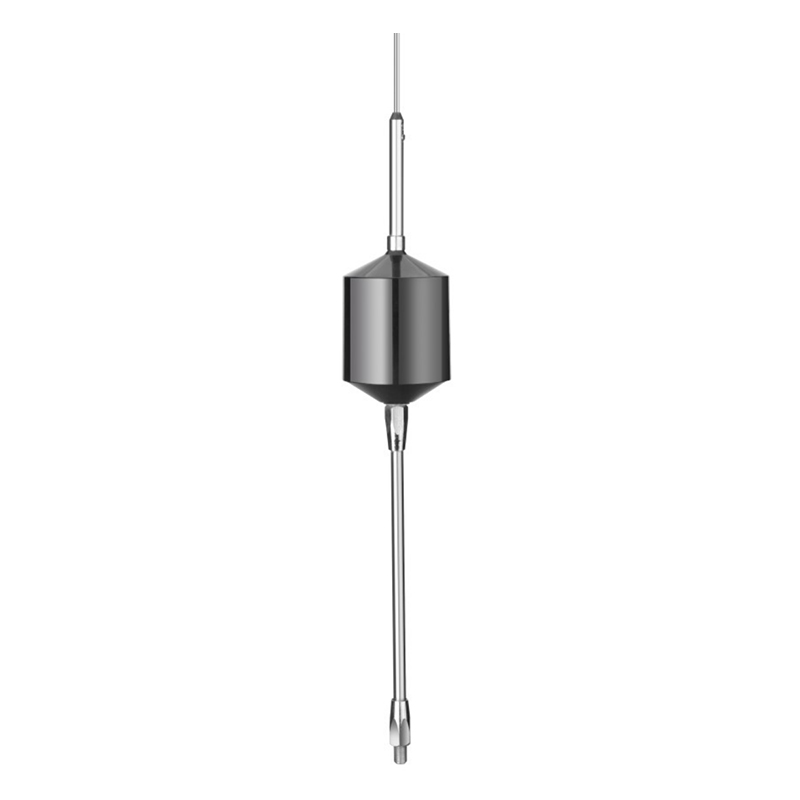
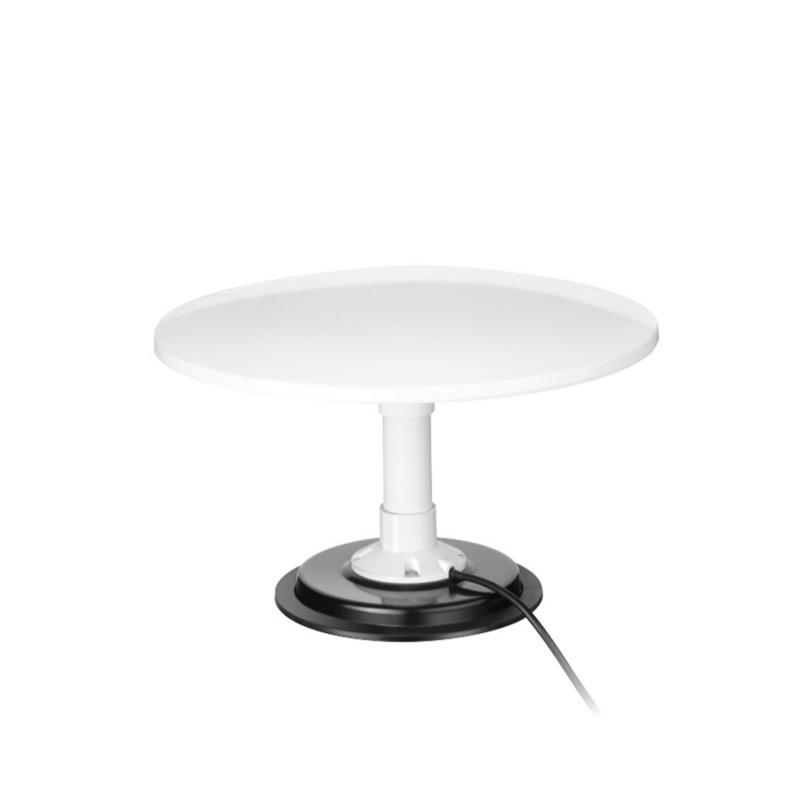
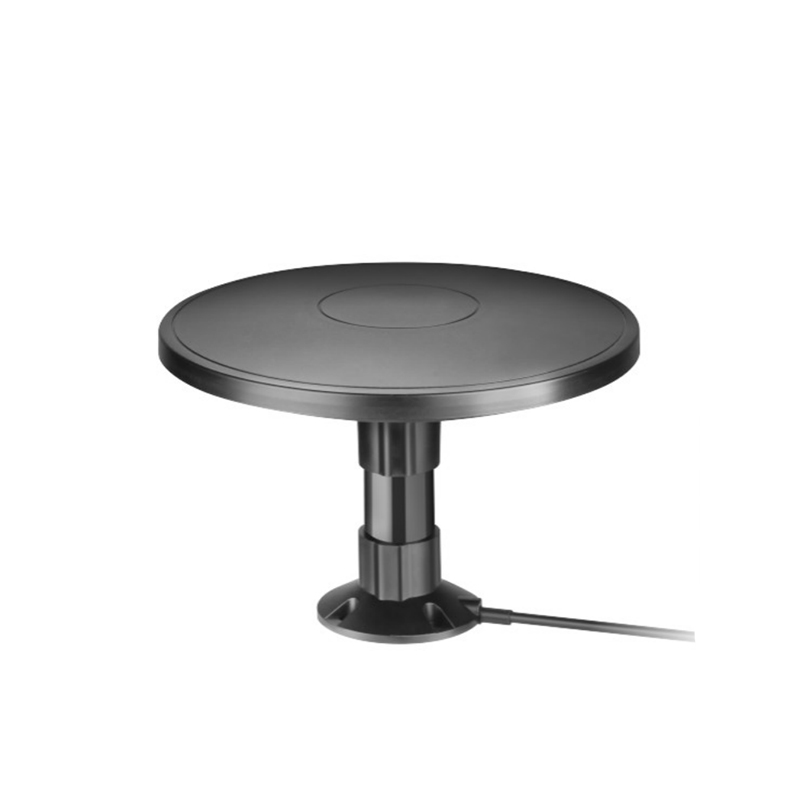
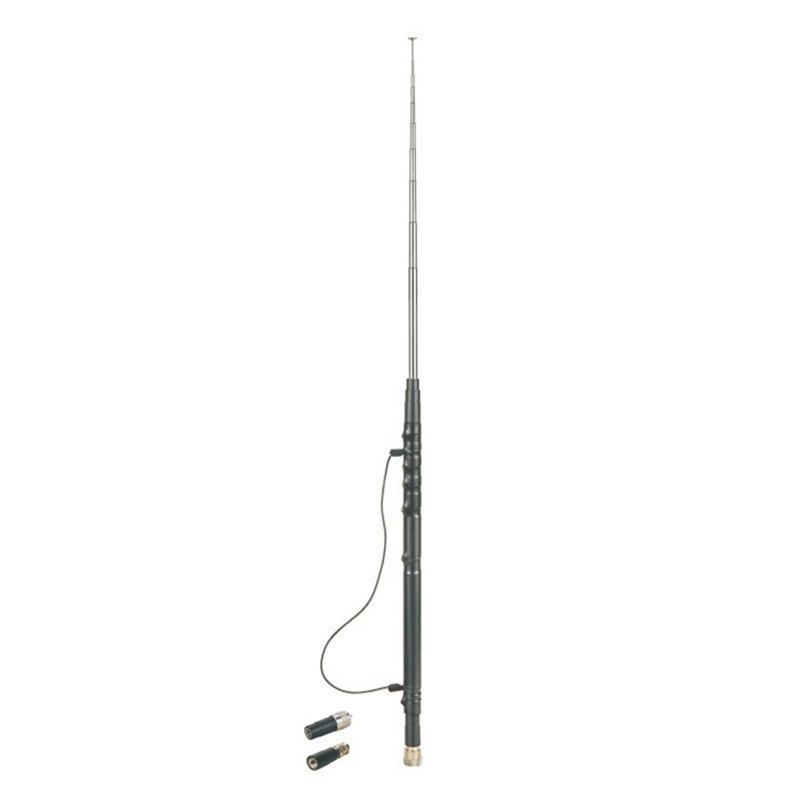
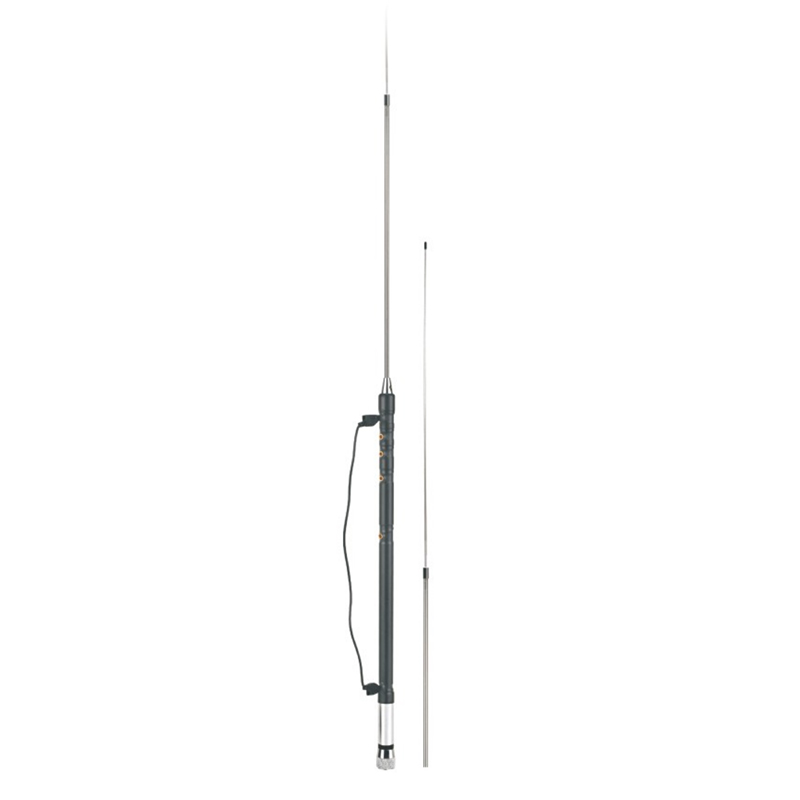
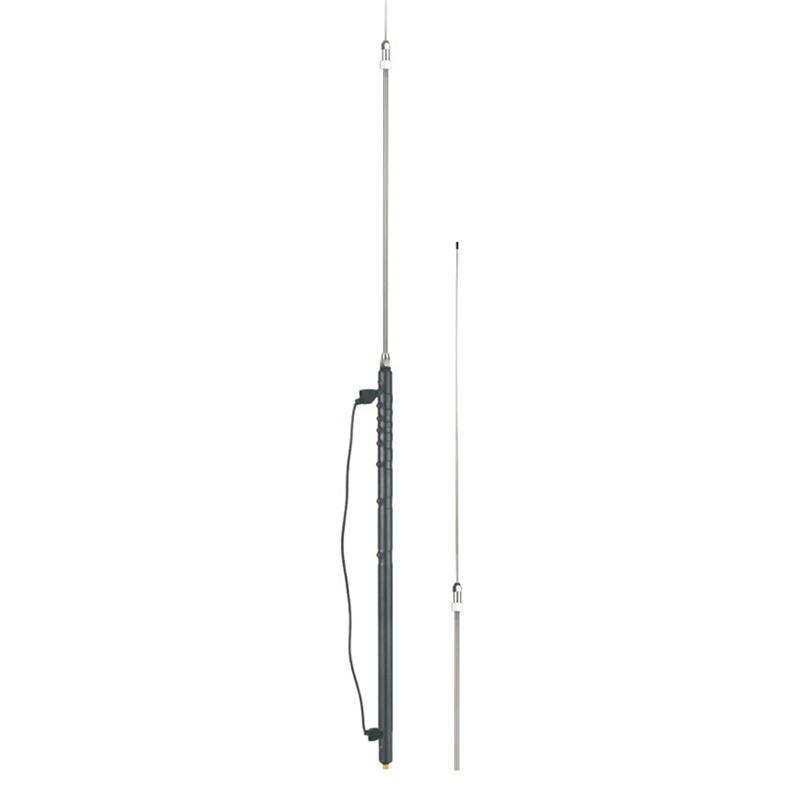
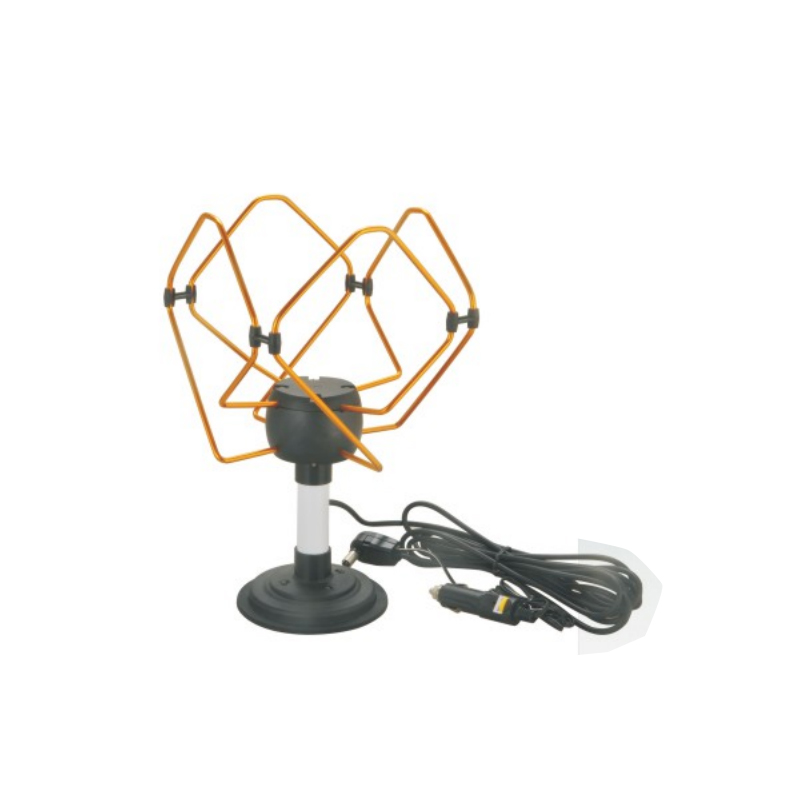
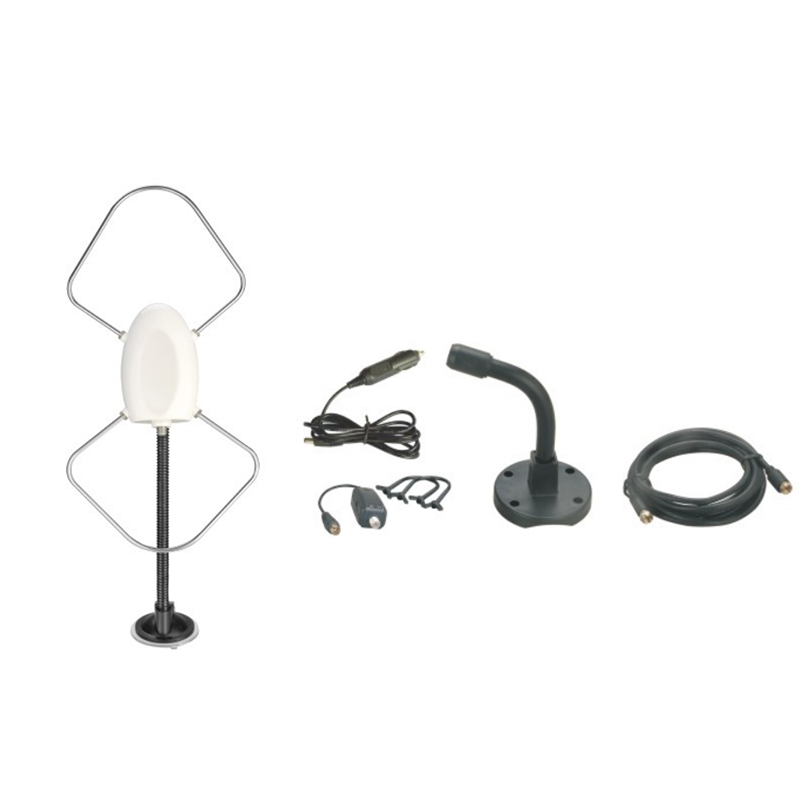
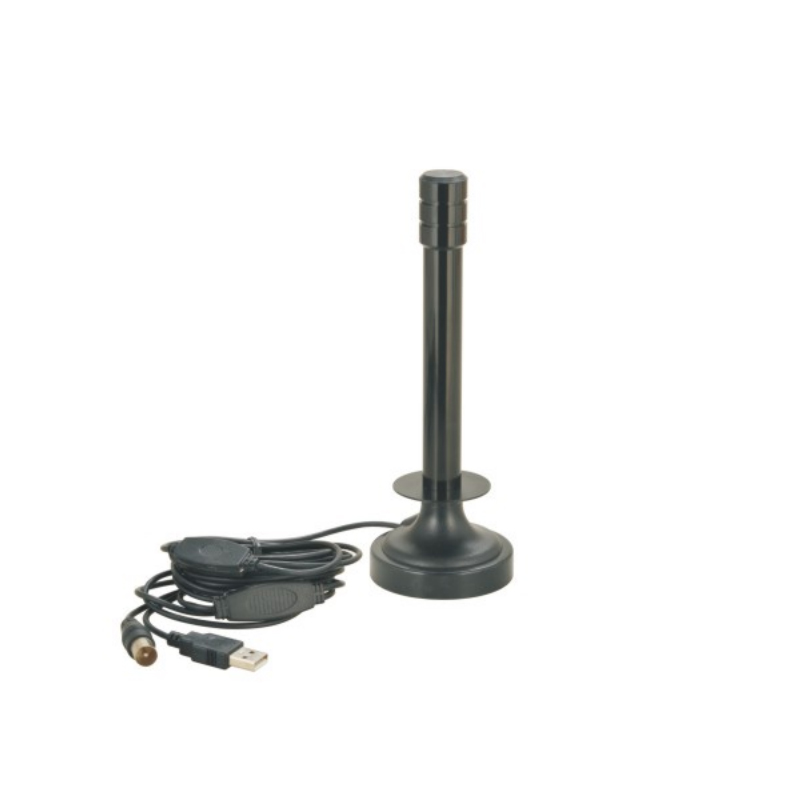
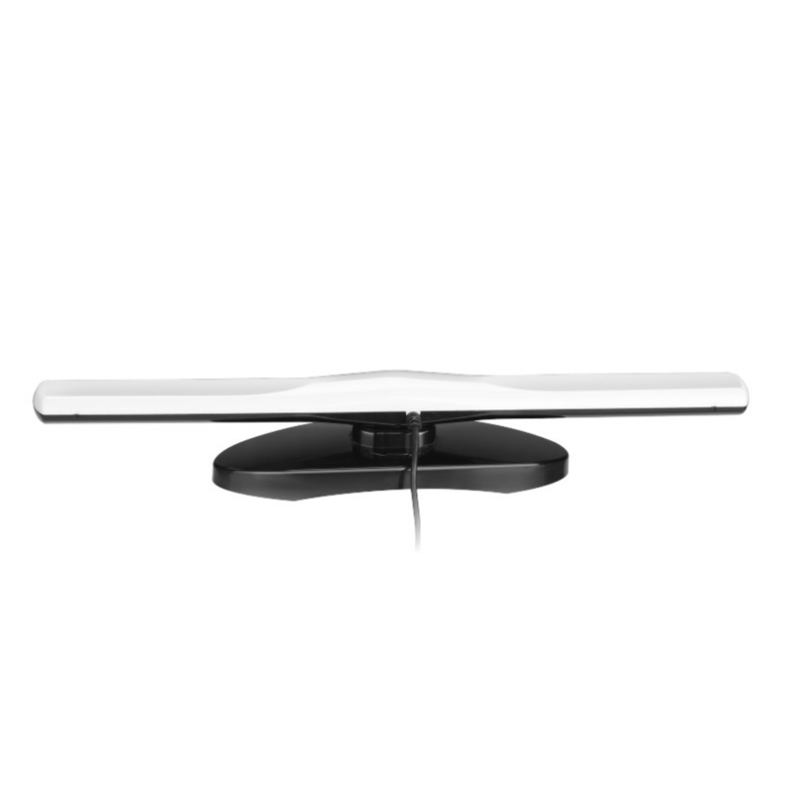
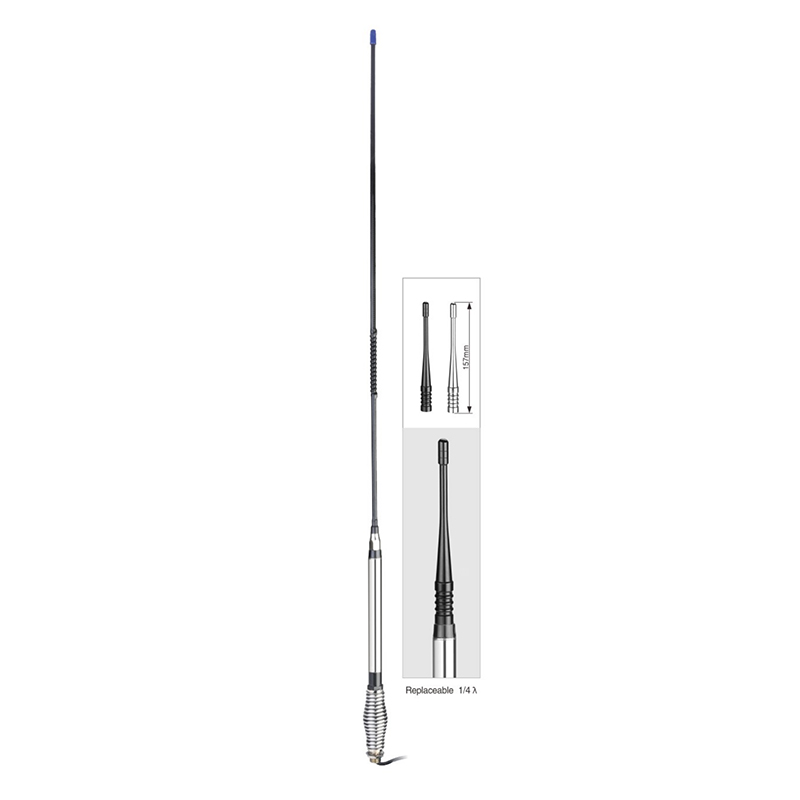

Contact Us